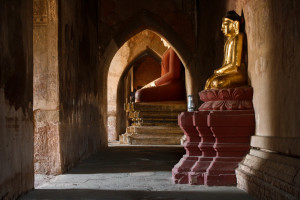 I recently had the opportunity to travel across Myanmar for the first time. It’s a fascinating country, only recently emerging from decades of isolation. Travelers here today are greeted with the first few baby steps toward a tourism industry, as well some of the kindest people and most spectacular sights in Asia.
I recently had the opportunity to travel across Myanmar for the first time. It’s a fascinating country, only recently emerging from decades of isolation. Travelers here today are greeted with the first few baby steps toward a tourism industry, as well some of the kindest people and most spectacular sights in Asia.
Myanmar is not the easiest country to approach. It remains, effectively, a military dictatorship wracked with corruption and abuse. Government officials control the airlines and hotels for personal profit. Large swaths of eastern Myanmar are dedicated to opium plantations funneling foreign currency into the pockets of powerful officials. Even its name is controversial: many foreign governments still officially recognize only its traditional name, Burma, as a political statement against the authoritarian regime that renamed it Myanmar in 1989.

 This post is adapted from
This post is adapted from